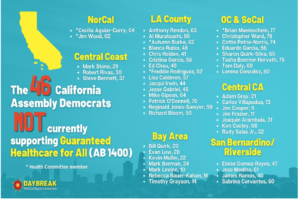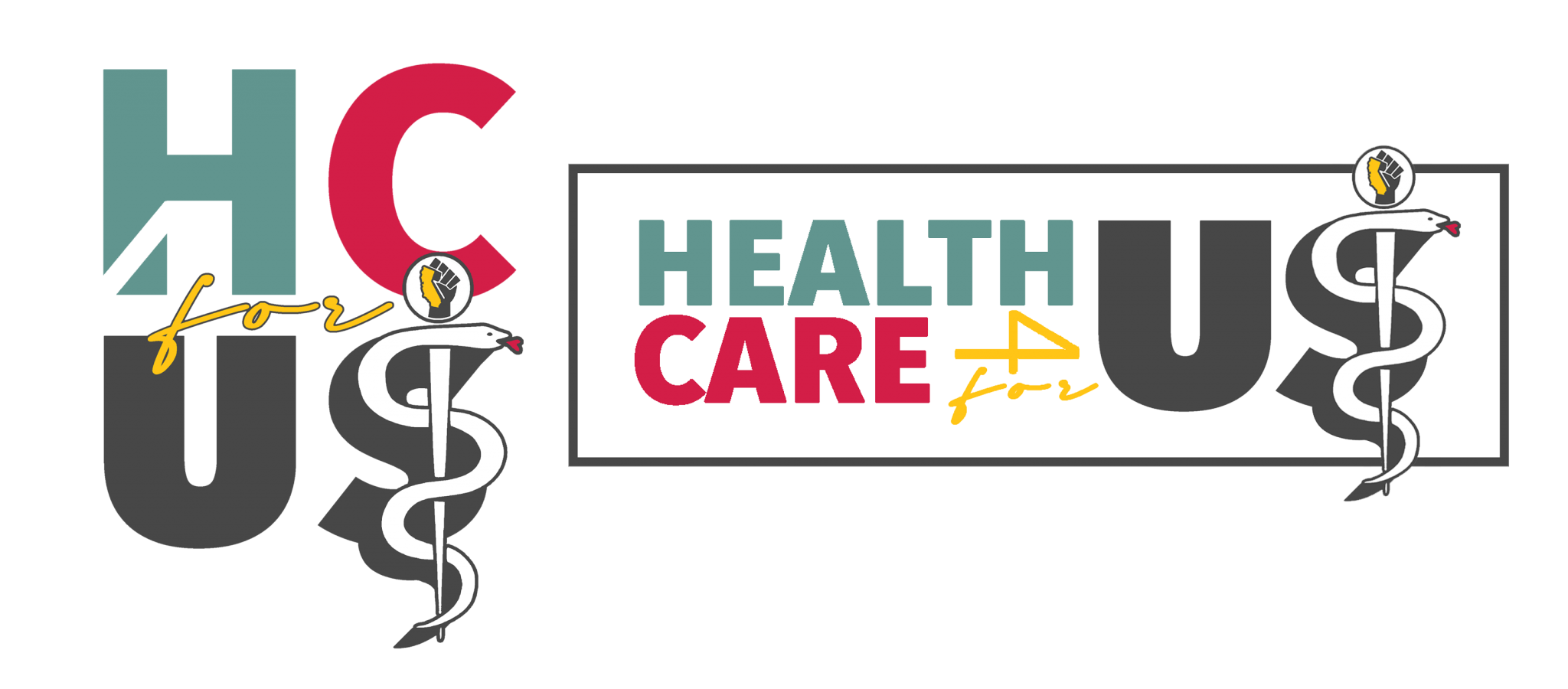
In “Where the frauds are all legal” on December 7, 2019 in the NY Times, Elisabeth Rosenthal, an opinion writer, physician, and editor of Kaiser Health News, describes exactly that. Dr. Rosenthal has often written on the same theme, notably in a wonderful book that I have recommended before, “An American sickness: how healthcare became big business and how you can take it back”, but this recent article was precipitated by the experience of her husband following a serious bicycle accident. Dr. Rosenthal describes a number of scams (and they are scams, even if they are legal) perpetrated by the hospital, and gives them cute and memorable names; it is good enough to summarize here.
-
- Medical Swag, such as charging $319 for a plastic brace that was in place for an hour (and you may or may not get to keep it!) and other such goodies, “…like the sling you can buy at Walgreens for $15 but for which you or your insurer get a bill for $120 after it is given to you at urgent care.”
- The Cover Charge.This was the $7143.99 “trauma activation fee” charged by the hospital. This was in addition to whatever else was charged by physicians, for x-rays, labs and medical equipment. ‘Trauma activation fees have been allowed since 2002, after 9/11, when the Trauma Center Association of America, an industry group, convinced regulators that they needed to be compensated for maintaining a state of “readiness.”’ But, she asks, ‘Wait. Isn’t the purpose of an E.R. to be “ready”? Isn’t that why the doctors’ services and scans are billed at higher rates when they are performed in an emergency department?’ Note: Dr. Rosenthal in an emergency physician.
- Imposter billing. This is when the physician bills for a service that s/he didn’t provide directly, such as when it was done by a resident or PA or NP. Sometimes the physician is on site, sometimes not. But they are billed at the full physician rates. Cool beans. This is what allows some doctors to see a panel of patients in clinic while they are in the operating room at the same time!
- The Drive-By. Charging for full examinations (which are as full examinations after just a few questions – or even a phone call). Sometimes only a few questions are all that is appropriate, but you can’t – or shouldn’t – be able to bill for a physical examination!
- The Enforced Upgrade. Meeting someone in the ER, even for a minor problem, because the office is closed (in the specific case, the clinic the doctors used was open only 2 hours 45 minutes two days a week), causes much, much higher charges.
What is sometimes more amazing to me is that the insurer paid for all these things. Part of the reason is that they have no way of knowing if these upcharges were medically necessary. Sometimes (as pointed out in Rosenthal’s book) it is because they just pass the charges on by raising their premium rates. Of course, insurers don’t pay the full charges – they pay a significant discount. Only uninsured people are expected to pay the full charge!
So these are pretty outrageous, but mostly (as the title points out) legal, if outrageous. Not, however, necessarily legal would be the overcharges and payments from Medicare to certain insurers documented in a report from the DHHS Office of the Inspector General, and covered by the Times in “Federal Watchdog Questions Billions of Dollars Paid to Private Medicare Plans” by Reed Abelson, December 12, 2019. This is a different sort of scam, perpetrated by Medicare Advantage plans. To start with, Medicare Advantage plans are something of a scam to begin with. Why? Well, on the surface, “all” they do is to essentially provide Medicare patients with the benefits of an managed care plan – indeed, often you may an additional premium on top of Medicare to the insurer and you have wrap-around HMO-type coverage. This can be really good for you as a consumer; you can get covered for vision, hearing, prescription drugs (without the need for an additional Part D plan), and copays. What makes it at its essence a scam is that the Medicare Advantage plans get higher payments for a variety of reasons than does traditional Medicare.
One reason is that they tend to enroll lower-risk patients, who cost less to care for. To some degree this is because they have the disadvantages of HMOs as well as the advantages; limited physician and hospital networks and limited portability if you are out of the geographical service area. But most of it is from the way that they are marketed. It is to these insurers’ financial advantage if as many of the high-utilizing, high-cost, older, and sicker Medicare patients are in traditional Medicare, and the ones who are younger, less-sick, and lower-utilizers – thus lower cost – are in their plans. They work hard to make this happen, When the Trump administration pushes Medicare Advantage, as when Center for Medicare and Medicaid Services (CMS) administrator Seema Verma says “What works in the Medicare program is Medicare Advantage — because plans are competing on the basis of cost and quality, driving toward value and increasing choice to beneficiaries,” it is true – but, as with any other for-profit product, it markets its advantages to those most likely to make it money.

